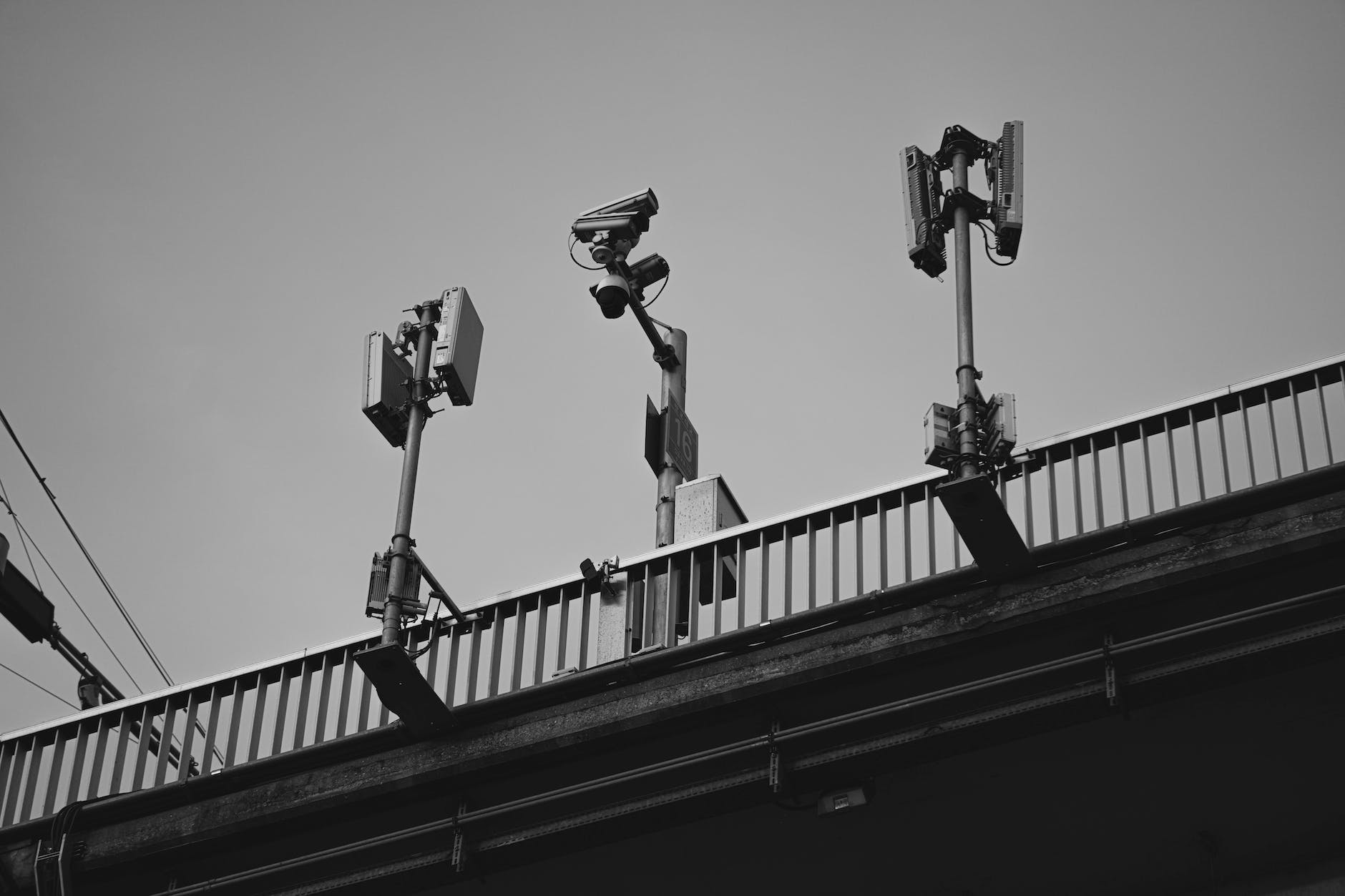
Solar Lights
When a solar light is not working, it can create a genuine safety issue, especially when solar lights are lighting up a pathway between two outdoor locations. If your solar light has ceased functioning, work through each of the suggestions given in this article to see if they make a difference.
Install New Battery
It often seems counter-intuitive, but most solar lights have a rechargeable battery inside. This rechargeable battery is charged by the solar panel during the day and powers the LED globe at night. These batteries are often similar to AA size and can be changed with new rechargeable batteries when needed.
These batteries often last for quite some time but get to a point after many repeated discharges where they cease functioning, and need replacement.
The battery is typically accessed underneath a screw-on battery cover, but before you install a new rechargeable battery, make sure it is fully charged to ensure proper functioning from the beginning.
Dirty Solar Panel
If your solar light is not functioning as well as you think it should, then you should examine the solar panel of the light to see what condition it is in. Given they are often exposed to the elements, these solar light solar panels can get very dirty which decreases their charging efficiency, therefore minimizing the amount of power that the battery inside will have to power the LED globe overnight. If after cleaning the solar panel, your solar light is still not functioning well then it is a good idea to pursue other potential problems.
Change The Sensor
All quality solar lights are made with an included sensor that detects the level of light and only turns on the solar light as the surrounding daylight begins to fade. Without this sensor then the globe would be running full-time, and the battery would not be able to adequately recharge and power the light all night.
Every now and then, you may buy a brand new solar light with a faulty sensor that does not work from the very beginning, and you may also find that you have a light that was working fine, that then ceases working as a result of a faulty sensor.
It is easy to check whether the solar light sensor is working, even during the day, by simply placing a heavy blanket over the top of the light, with your head underneath, and the darkness that ensues as a result of the blanket blocking out the sun should be enough to trigger the sensor and illuminate the solar-light.
If the light in question does not illuminate after being completely covered by the blanket, then you can assume that there is a good chance that the sensor in the solar light is not functioning correctly.
Some manufacturers provide replacement sensors you can purchase and install yourself if you are confident and have some basic DIY skills to have a go at fixing solar lights, otherwise, it may be best to return the solar lights to the place of purchase for a potential refund or exchange.
If you have had the solar lights for some time and the sensor breaks and they are out of warranty, then you may have no choice but to discard the lights and purchase a new one.
Remove Any Excess Water
Though solar lights are designed to be waterproof, enough rain over a long period of time can get through the seals, fill the lights up from the inside, and stop them from working. If this happens and you have some basic DIY skills, it is worthwhile looking at the solar light to see if it is easy to pull it apart, usually with a number of small screws, and letting all the water drain out from the inside of the unit.
Once the water has fully drained, and the unit has dried out, you can reassemble it and reinstall the battery, and see if it works as intended.
As much as external solar lights are designed to be exposed to the weather, it is good to look for opportunities to minimize the extent to which the weather can impact the solar lights.
Move Away From Other Light Sources
An issue we occasionally come across, which often surprises the owners, is that the solar light is not working because it is too close to another source of light. For example, if you have a solar light near the exterior wall of your house, and there is also a light on that exterior wall, that is powered by your grid electricity, sometimes the light emitted from those household lights is enough to prevent the sensor from allowing the solar light to turn on.
The most common solution for this is to change the location of your solar light. Alternatively, you can also put a bulb in your house exterior light that is not as bright, or leave that exterior house light turned off.
Conclusion
In this article, we outlined some of the approaches for fixing solar lights based on the most common issues. If you work through all of the described issues and your solar light is still not working, then we recommend you get in touch with the manufacturer or take your solar light back to the place of purchase to see if they can provide some assistance.






